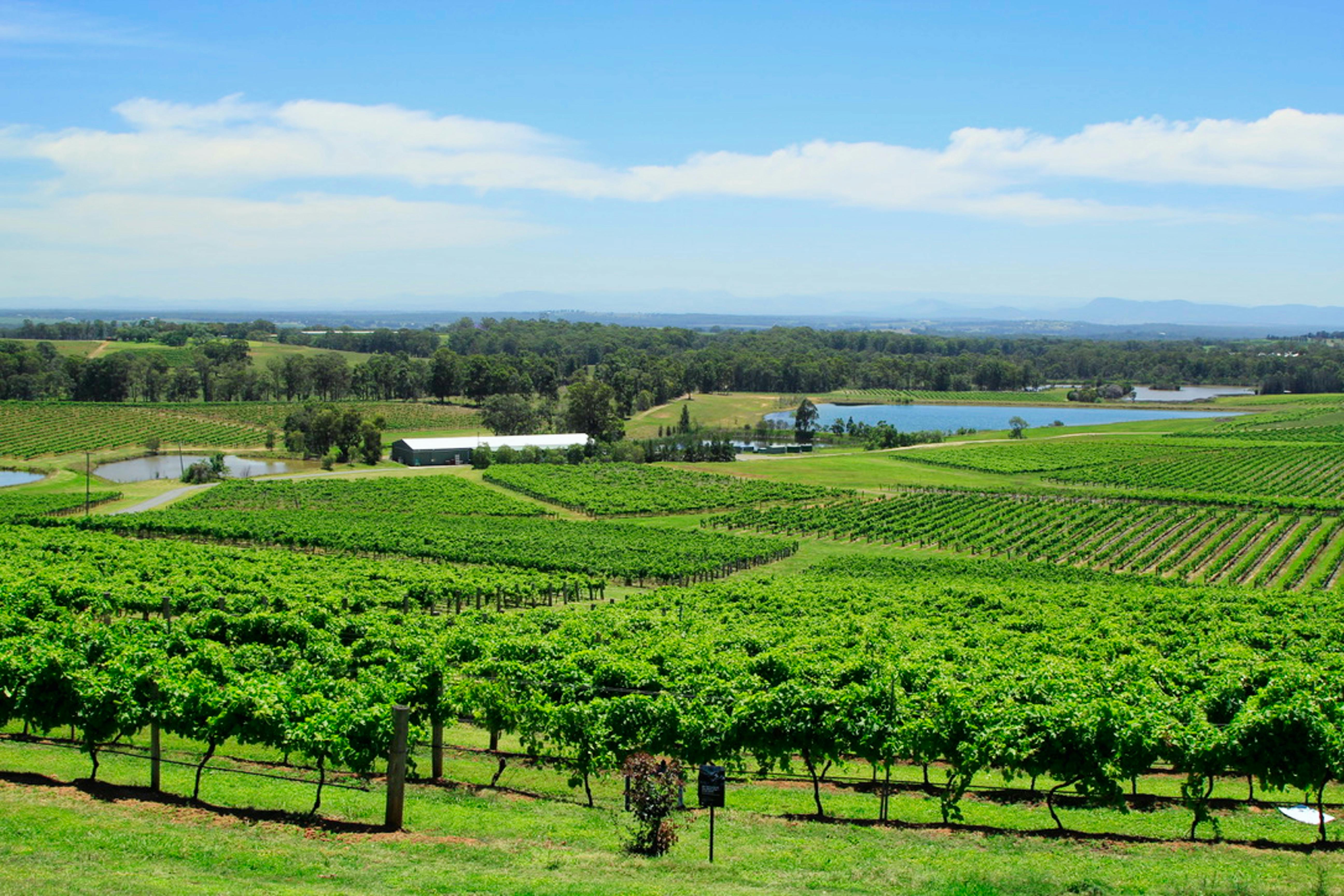Reaping the Health Benefits of Blue Zones: A Comprehensive Guide
Do you ever wonder why certain regions around the world have a higher percentage of centenarians and fewer incidences of chronic diseases? The answer could be found in the lifestyle habits of these so-called "Blue Zones." Let's explore this intriguing concept and uncover the secrets of longevity in these unique regions.

What are Blue Zones?
Blue Zones are certain regions around the world where people live longer, healthier lives than average. This concept was popularized by National Geographic explorer and author Dan Buettner, who identified five regions with the highest concentration of centenarians (people who live to be over 100): Okinawa, Japan; Sardinia, Italy; Nicoya, Costa Rica; Icaria, Greece; and Loma Linda, California.
The Science Behind Blue Zones
Research on Blue Zones has found common lifestyle habits that contribute to longevity and overall health. These include a plant-based diet, regular physical activity, strong social connections, and a sense of purpose. Moreover, these habits are deeply ingrained in the culture, traditions, and daily routines of the people living in these regions.
The Blue Zones Lifestyle: Benefits and Challenges
Adopting a Blue Zones lifestyle can offer numerous health benefits, including a lower risk of chronic diseases, improved mental health, and increased longevity. However, it can be challenging to implement these lifestyle changes in societies where unhealthy habits are the norm. Despite these challenges, the Blue Zones lifestyle is gaining traction as a holistic approach to health and wellness.
The Blue Zones Diet: A Closer Look
One of the key factors contributing to longevity in Blue Zones is diet. These diets are predominantly plant-based, rich in whole grains, legumes, and vegetables, and low in processed foods. While each region has its unique dietary habits, they all emphasize natural, locally sourced foods.
Fascinating Facts and Practical Tips
- People in Blue Zones typically engage in regular, low-intensity physical activity, such as gardening or walking, which contributes to their longevity.
- Social connections and a sense of community are highly valued in Blue Zones, illustrating the importance of social health in overall well-being.
- People in Blue Zones often have a strong sense of purpose in their lives, reinforcing the connection between mental health and longevity.
- To adopt a Blue Zones lifestyle, start by making small changes, such as incorporating more plant-based foods into your diet, increasing your physical activity, and nurturing your social connections.
In conclusion, the Blue Zones offer valuable insights into lifestyle habits that promote longevity and overall health. While it might be challenging to fully adopt a Blue Zones lifestyle, even small changes to our diet, physical activity levels, and social habits can significantly improve our well-being. Therefore, the Blue Zones serve as a compelling model for health and wellness, inspiring us to make positive lifestyle changes for a healthier, longer life.





